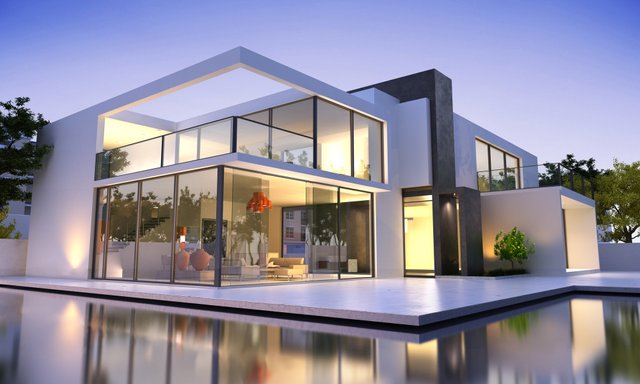Architecture studios are redefining how professionals approach design, collaboration, and productivity. Modern trends reflect a growing focus on functionality, creativity, and sustainability within studio environments. These changes are influencing how spaces are organized, equipped, and used to foster innovation and collaboration.

Latest Trends in Architecture Studio Design
Flexible Workspaces
One of the most prominent trends is the adoption of adaptable work environments. Architecture studios are increasingly embracing layouts that allow teams to shift seamlessly between solo and group work. Movable partitions, modular furniture, and multipurpose areas contribute to a dynamic setup where creativity can thrive. This flexibility supports different phases of design work, from brainstorming and sketching to detailed planning and execution.
Studios, including those such as estudio arquitectura Valencia, are incorporating open layouts combined with quiet zones. This arrangement balances collaboration with focused work, catering to the diverse needs of their teams.
Technology-Driven Design Studios
Advanced technology is transforming how architects conceptualize and refine projects. Many studios now incorporate virtual reality (VR), augmented reality (AR), and digital modeling tools to create immersive design experiences. These tools help architects visualize spaces in greater detail and communicate ideas effectively to clients and stakeholders.
Beyond visualization, smart technology is being integrated into the physical spaces of architecture studios. Automated lighting, climate control systems, and smart projectors enhance productivity by providing a seamless and efficient work environment. Studios that leverage these advancements position themselves at the forefront of the industry.
Collaborative Zones
Collaboration remains a cornerstone of architectural practice, and studios are adapting their spaces to support teamwork. Designated zones for collaboration—equipped with whiteboards, pin-up spaces, and digital screens—are becoming common. These areas facilitate discussions, presentations, and critiques, allowing teams to refine their ideas collectively.
Additionally, casual meeting spaces are gaining popularity. Lounge-style seating and informal setups create an approachable environment for brainstorming sessions, client meetings, and impromptu discussions. Such designs encourage open communication and make teamwork more effective.
Wellness-Focused Design
The emphasis on employee well-being has influenced architecture studio design significantly. Studios are incorporating features that prioritize physical and mental health, including ergonomic furniture, standing desks, and ample natural light. Access to outdoor spaces, such as terraces or gardens, provides opportunities for breaks and moments of relaxation during busy workdays.
Color psychology is another consideration, with studios choosing palettes that foster focus and calmness. Neutral tones, accented with pops of energizing colors, contribute to a balanced environment that stimulates creativity while reducing stress.
Digital and Physical Libraries
Despite the digital shift, physical libraries continue to hold value in architecture studios. A dedicated library space, housing material samples, reference books, and past project archives, provides a tactile resource for architects during the design process. Combining this with a digital repository ensures that the studio team has access to a wide range of information, whether physical or virtual.
These libraries serve as hubs for research and exploration, helping architects draw inspiration and make informed decisions during their projects.
Conclusion
Trends in architecture studio design highlight a balance between innovation, practicality, and sustainability. By embracing flexible workspaces, advanced technology, and wellness-oriented designs, studios create environments that foster creativity and efficiency. Whether integrating local identity or adopting eco-friendly practices, these trends redefine how architecture professionals approach their work. For architecture firms aiming to stay competitive and relevant, adapting to these developments is essential.